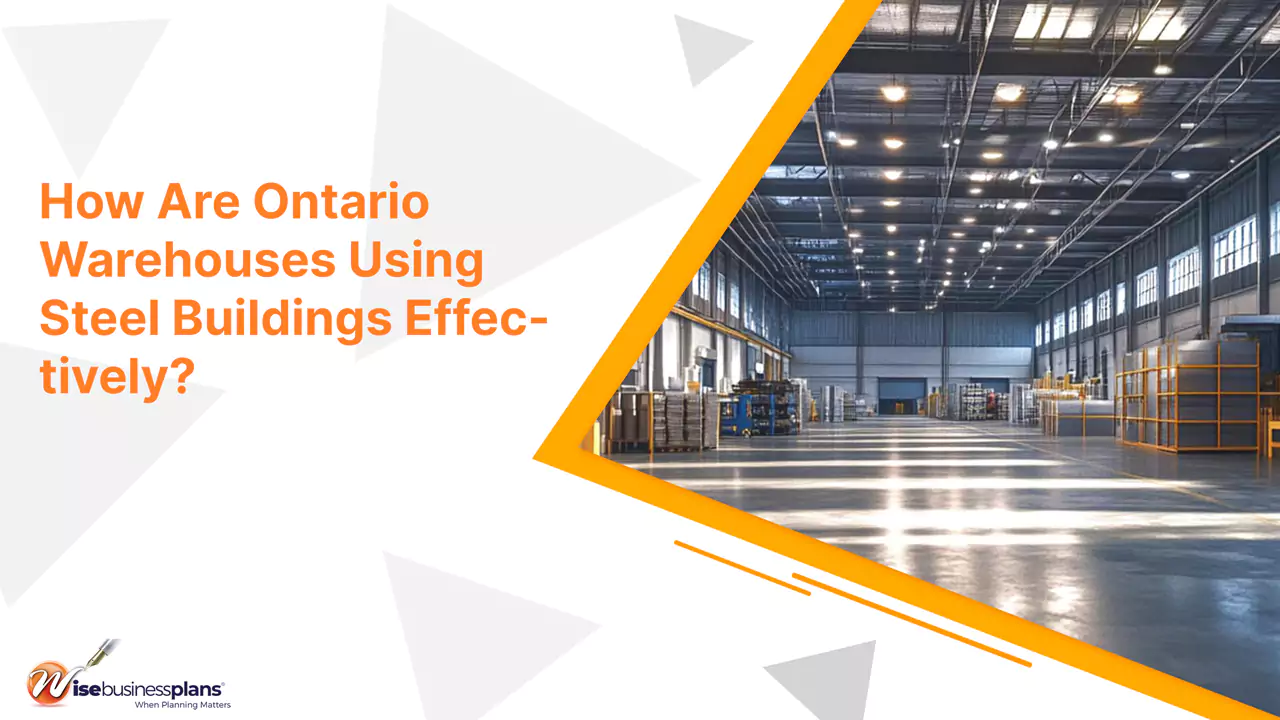How Are Ontario Warehouses Using Steel Buildings Effectively?
Ontario’s warehouse sector has experienced remarkable growth in recent years. The province’s strategic location between major markets drives demand for efficient storage solutions. Companies across the region recognize steel construction as the optimal choice for warehouse development. Modern facilities require durability, flexibility, and cost-effectiveness that traditional materials cannot provide.
The competitive advantage of steel construction becomes evident in the diverse climate conditions. Harsh winters and temperature fluctuations demand robust building materials. Metal buildings Ontario offer superior performance against weather extremes while maintaining structural integrity. This article explores how Ontario warehouses maximize the potential of steel building technology.
Climate Adaptation and Weather Resistance
Ontario’s climate presents unique challenges for warehouse construction. Winter temperatures drop significantly below freezing across the province. Heavy snow loads require buildings with exceptional structural strength. Steel construction handles these conditions better than alternative materials. Metal buildings resist moisture infiltration that damages stored goods. Temperature fluctuations cause expansion and contraction in building materials.
Steel’s predictable thermal properties prevent structural stress and damage. Warehouse operators benefit from consistent building performance year-round. Ice storms and high winds affect many regions. Steel buildings maintain structural integrity during severe weather events. This reliability protects inventory and prevents costly business interruptions.
Maximizing Storage Efficiency
Clear-span construction eliminates interior columns in warehouse spaces. This design maximizes storage capacity without structural obstructions. Racking systems install more efficiently in column-free environments. Material handling equipment operates with greater freedom and efficiency. High ceiling capabilities allow vertical storage optimization. Steel’s strength supports multi-level storage systems without additional reinforcement.
Automated warehouse systems integrate seamlessly with steel building design. Ontario warehouses achieve higher storage density through smart steel construction. Loading dock integration works exceptionally well with steel buildings. Multiple dock doors accommodate various truck sizes and configurations. Structural modifications for specialized equipment happen easily with steel construction. Future expansion becomes simpler when buildings use a steel framework.
Cutting Costs Through Efficient Energy Use
Modern insulation systems work effectively with steel building envelopes. Proper thermal barriers reduce heating costs during cold winters. Reflective roofing materials minimize cooling expenses in the summer months. Energy-efficient lighting systems mount easily to steel structural members. Natural lighting reduces operational costs through strategic skylight placement.
Steel buildings accommodate large translucent panels without compromising strength. Daylight harvesting systems integrate with artificial lighting controls. Warehouses reduce electricity consumption through intelligent design approaches. Maintenance costs remain low with steel construction compared to other materials. Protective coatings prevent corrosion and extend building life.
Technology Integration and Automation
Modern warehouse technology requires robust mounting systems and electrical infrastructure. Steel buildings provide excellent support for automated systems and robotics. Cable management systems route easily through the steel framework. Power distribution equipment mounts securely to structural members. Temperature control systems benefit from steel’s thermal properties.
HVAC equipment integrates efficiently with steel building design. Ductwork installation becomes straightforward with exposed steel framing. Warehouses maintain precise environmental conditions for sensitive inventory. Fire suppression systems work effectively in steel building environments. Insurance requirements often favor steel construction for warehouse applications.
Regional Economic Impact
The manufacturing sector benefits from efficient warehouse distribution networks. Steel warehouses support just-in-time delivery systems that reduce inventory costs. Quick construction timelines minimize business disruption during facility development. Local contractors develop expertise in steel building construction methods.
Transportation corridors throughout Ontario connect warehouses to major markets. Steel buildings accommodate various transportation modes, including rail and truck access. Flexible design allows future modifications as business needs change. Property values increase with quality steel warehouse construction.
Ontario warehouses demonstrate steel building effectiveness through improved efficiency, reduced costs, and enhanced durability. From maximizing storage capacity to integrating advanced technology, metal buildings in Ontario deliver measurable business advantages. Warehouse operators who choose steel construction position themselves for long-term success in the marketplace.

